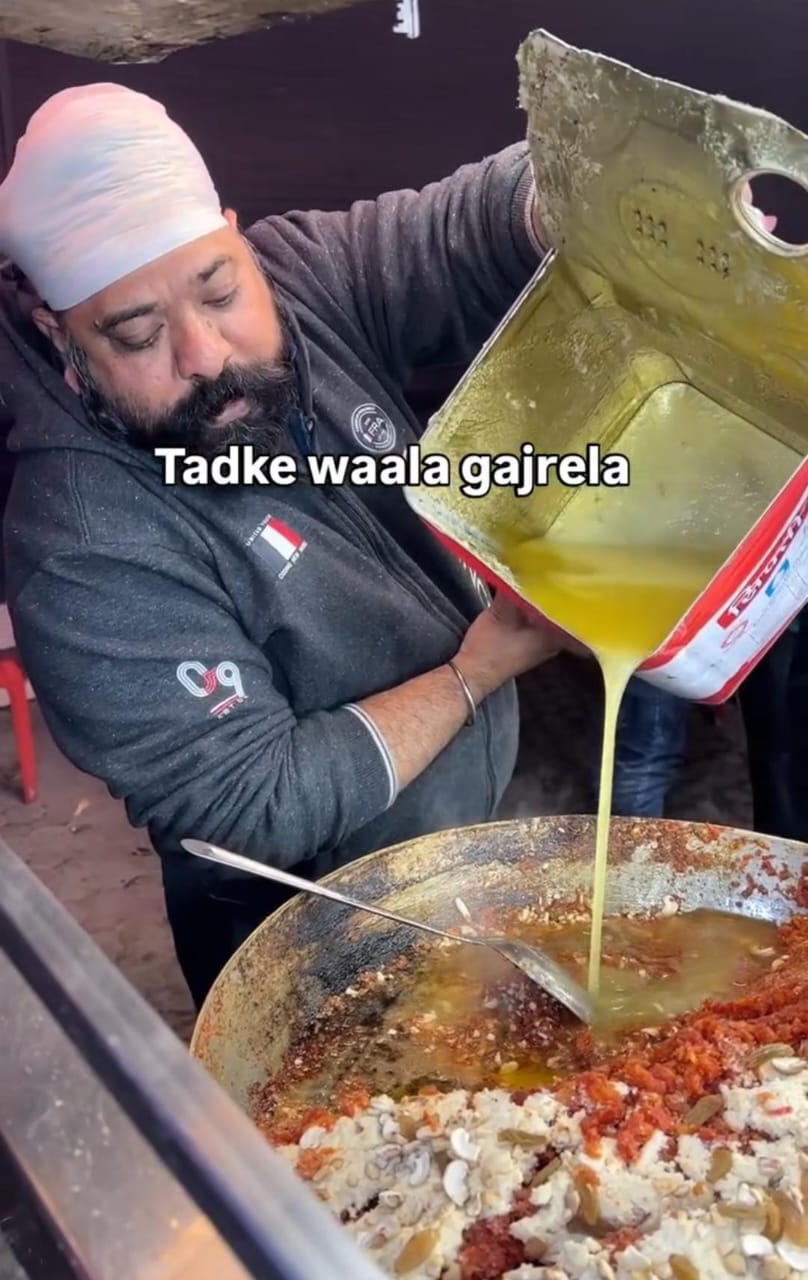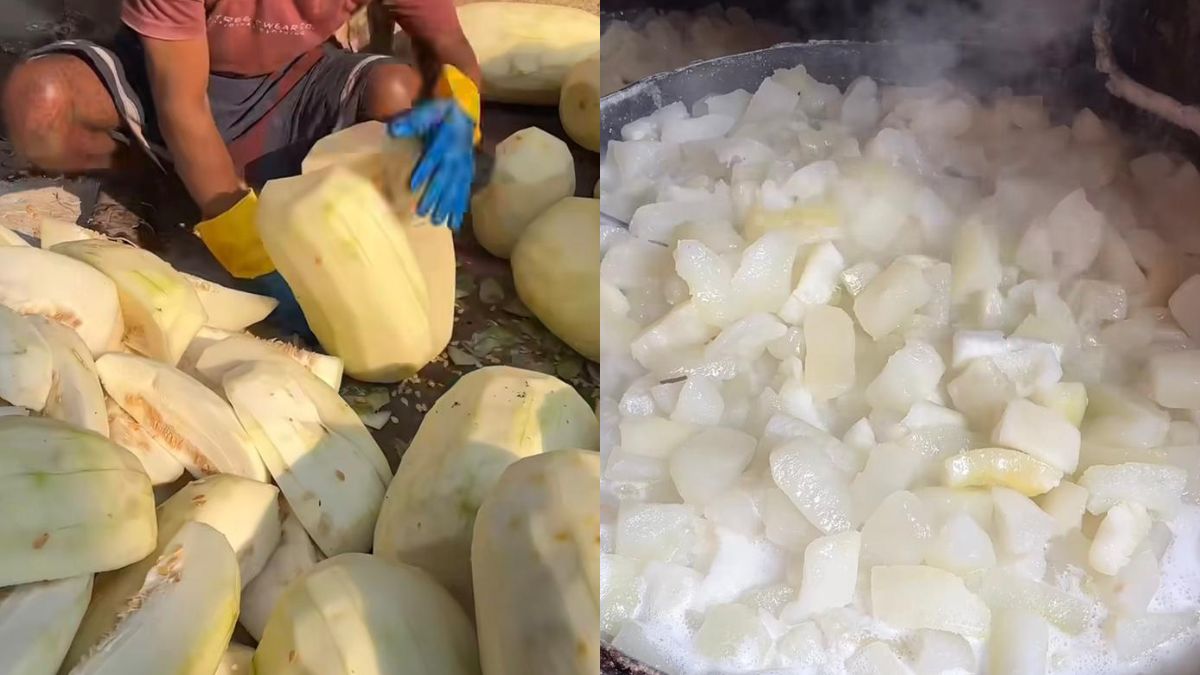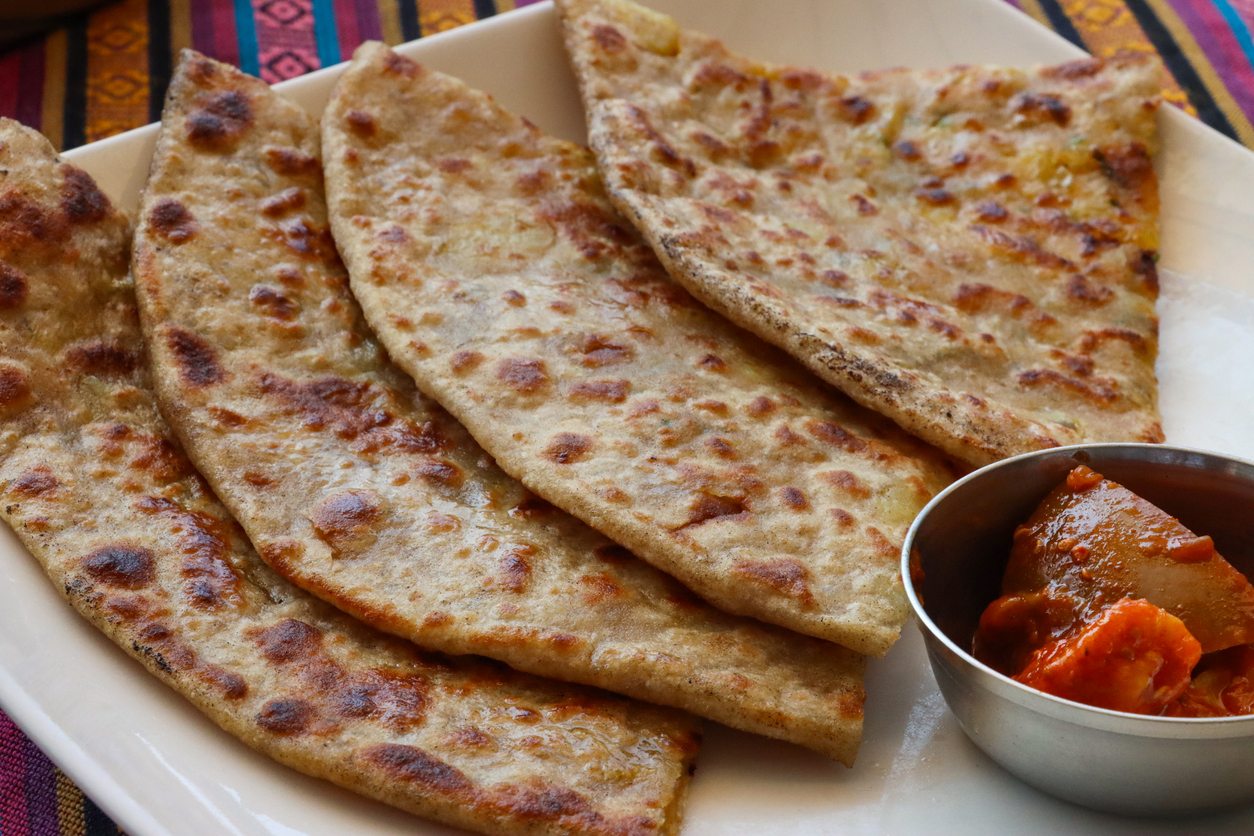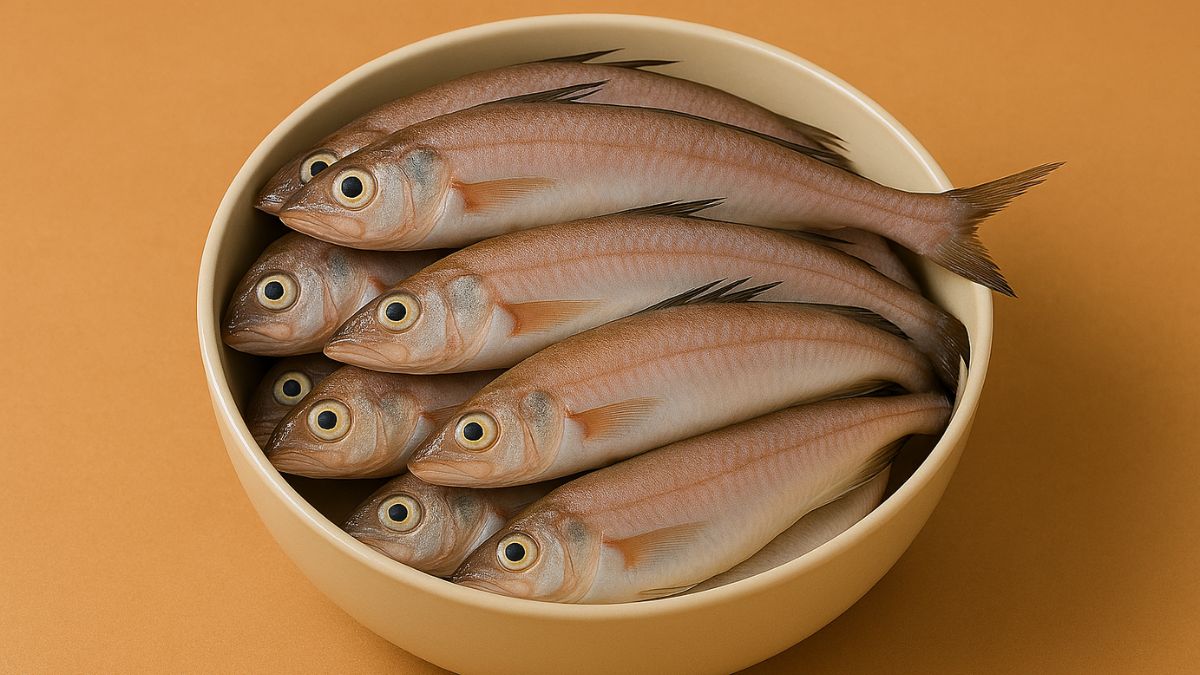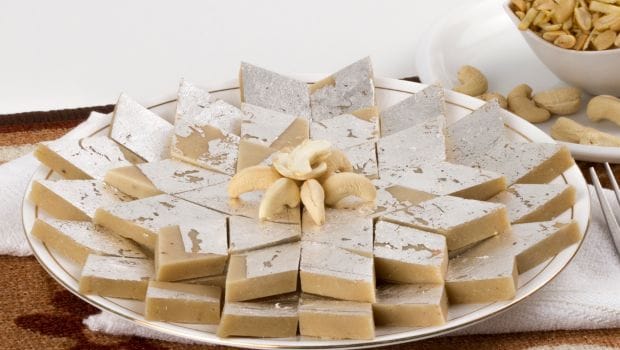Festivals in India are rarely complete without the rustle of mithai boxes being opened. From Durga Puja to Diwali, homes light up not just with diyas but also with the arrival of sweets that carry the flavour of celebration. Kaju katli, laddoos, barfis, and pedas line up in glittering trays, often adorned with a thin sheet of silver that catches the eye before the taste buds. This silver layer, known as chandi ka vark, is more than decoration - it is a cultural marker of indulgence. Yet, for decades, one question has followed this shimmer: is silver vark vegetarian?
What Exactly Is Silver Vark?
Silver vark is an ultra-thin foil made of pure silver and sometimes even gold. It is edible, odourless, and tasteless, which means it does not interfere with the flavours of the sweet it coats. What it adds instead is visual appeal - the sense of richness that makes mithai feel festive. These sheets are so fine that a single breath can make them crumple. To prevent damage, they are traditionally stored between protective layers of paper.
For many, this shimmer is symbolic of celebration itself. But behind its glamour lies a story of how it was once made, and why it sparked unease among vegetarians.
How Was Silver Vark Traditionally Made?
The production of vark begins with pure silver, beaten into dust and then pressed between sheets until it flattens into foil. Each sheet measures less than a micrometre in thickness, generally between 0.2 and 0.8 micrometre. The pounding process is painstaking, often lasting several hours, before the silver takes on its near-transparent, delicate form.
Also Read: Are Figs (Anjeer) Really Vegetarian Or Non-Vegetarian? Here's The Truth
Traditionally, however, the sheets used for pounding were not always paper. Artisans often relied on animal tissue such as ox gut or cowhide because the texture allowed silver to be separated more easily without sticking. While this may have been an effective technique for craftspeople, it posed an ethical question: should sweets meant for everyone, including vegetarians, come into contact with animal parts?
Why Did Vegetarians Avoid Silver-Coated Sweets?
The involvement of animal tissue created hesitation among vegetarians, many of whom viewed such sweets as non-vegetarian. The issue was not just religious but also cultural. For families that prided themselves on offering purely vegetarian food during festivals, serving mithai coated in animal-processed silver was unacceptable.
The debate grew louder as awareness spread. Vegetarian communities began asking questions, and over time, silver vark became associated with doubts and distrust, especially during festivals when sweets are exchanged across households.
FSSAI Ban On Animal-Derived Silver Vark
This concern did not remain unresolved. In August 2016, the Food Safety and Standards Authority of India (FSSAI) stepped in with a notification that changed the conversation. It explicitly banned the use of any material of animal origin in the production of silver leaf. The rule stated that at no stage of manufacturing could animal tissue or by-products be used.
The notification also introduced strict guidelines for thickness, purity, and weight. This was important because unsafe substitutes such as aluminium foil were sometimes passed off as vark, creating health risks. By enforcing quality standards, FSSAI not only addressed the ethical dilemma but also ensured food safety.
How Silver Vark Is Made Today
With modernisation and regulation, the making of silver vark has changed significantly. Today, most manufacturers use machinery that replaces animal tissue with safe, vegetarian-friendly methods. Sheets of parchment or synthetic alternatives are used instead, ensuring no contact with animal products.
Several reputed brands now carry vegetarian certification for their silver vark, giving consumers greater peace of mind. From large sweet chains to smaller shops, there is now wider awareness and compliance, especially during high-demand seasons like Diwali.
For consumers, this means that the kaju katli or laddoo topped with silver leaf is not only safe but also aligned with vegetarian dietary choices.
How To Ensure Your Kaju Katli Is Vegetarian-Friendly
Even though regulations are in place, consumers often like to double-check before serving sweets at family gatherings. Here are some steps that can help:
- Check labels carefully: Many packaged mithai brands now specify whether their silver vark is vegetarian-certified.
- Ask your sweet shop: If you are buying locally, do not hesitate to ask the halwai about the source of their vark. Shops with transparent sourcing will provide clarity.
- Opt for vark-free sweets: For those who remain cautious, many shops also sell mithai without silver coating, including plain kaju katli that is just as delicious.
These steps not only help in making informed choices but also ensure peace of mind when sweets are exchanged as gifts during festive gatherings.
The Silver Sheen Of Festivals, Without Doubt
From once being tied to animal tissue to now being machine-produced under strict regulation, silver vark has travelled a long way. What remains constant, however, is its role in adding festive sparkle. For many, the thin layer of silver makes sweets look luxurious, making a box of kaju katli feel like more than just food - it feels like celebration itself.
So the next time you bite into a square of silver-coated kaju katli, you can enjoy it with confidence, knowing that the sheen comes without compromise.
